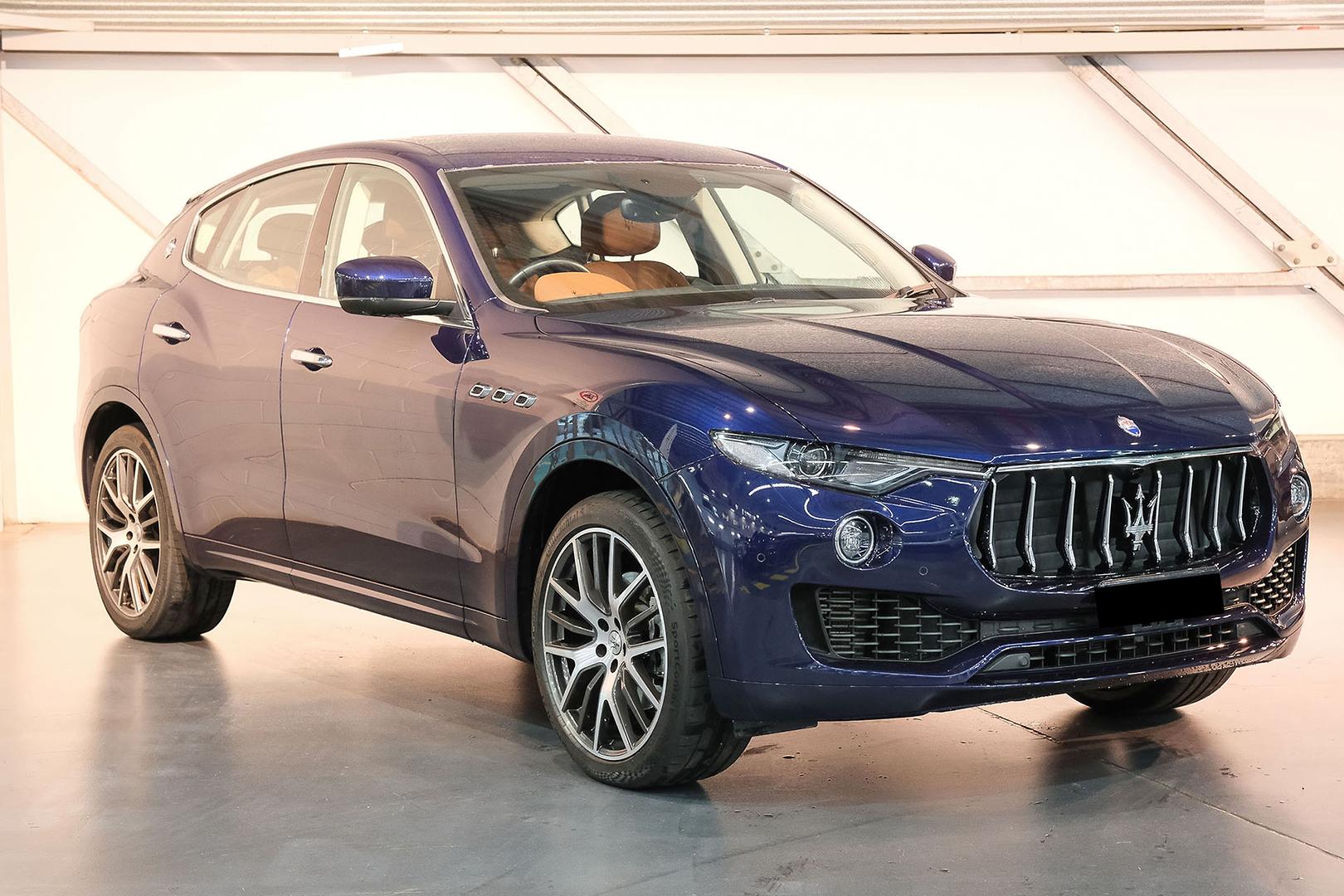BMW ends i8 production
The end for the i8 coupe and roadster comes after almost six years on the market and more than 20,000 sales, which BMW are claiming as a record for sports cars with electrified drive. At the time of the announcement, Australia had accounted for 155 of those sales.
First revealed in concept form at the 2009 Frankfurt Motor Show (IAA), the i8 made its production debut at the same show four years later, presented alongside the fully-electric i3.
The halo model for BMW’s new ‘i’ sub-brand, the i8 used a 1.5-litre three-cylinder ‘TwinPower’ turbo engine to drive the rear wheels and an electric motor to drive the front wheels, producing a combined 266kW and 570Nm. In electric-only mode, the i8 was capable of producing 250Nm and reaching 120km/h.
As well as the hybrid drivetrain, the i8 featured an aluminium chassis and carbon fibre passenger cell for total weight of less than 1500kg. The i8 was also designed to accommodate hybrid drive from the beginning, with a perfect 50:50 front:rear balance and battery positioned to lower the centre of gravity.
The aerodynamically-optimised body featured elements like reduced kidney grille openings, front apron air curtains, a flat undertray, contoured side skirts and air ducts between the roof and rear lights to deliver an impressive drag co-efficient of 0.26 and what BMW called an “exceptionally favourable” aerodynamic balance.


Beyond the drivetrain, high-tech touches included laser headlights that produced a stronger, longer beam while using less energy.
Inside, the i8 featured “sustainable” touches like leather tanned using olive oil extract and textiles made from recycled PET plastic, with most to the chassis aluminium either sourced from recycling or produced using regenerative energy.
Following the i8 coupe’s market release in 2014, the i8 roadster followed in 2017, with the coupe getting a mild facelift at the same time. Updates applied to both models since then include a larger-capacity battery for increased range and a more powerful electric motor that improved combined output to 275kW.
As a halo model, i8 sales were never going to be huge, but 20,000 is still respectable, especially when seen alongside BMW’s other halo cars, like the M1 (399) and Z8 roadster (5,000).
BMW will sign off on i8 production with a 200-unit ‘Ultimate Sophisto Edition’, which began production in December. While BMW’s current electrification focus is on SUVs and sedans, an electric sports model comparable to the i8 is expected within the next five years.














